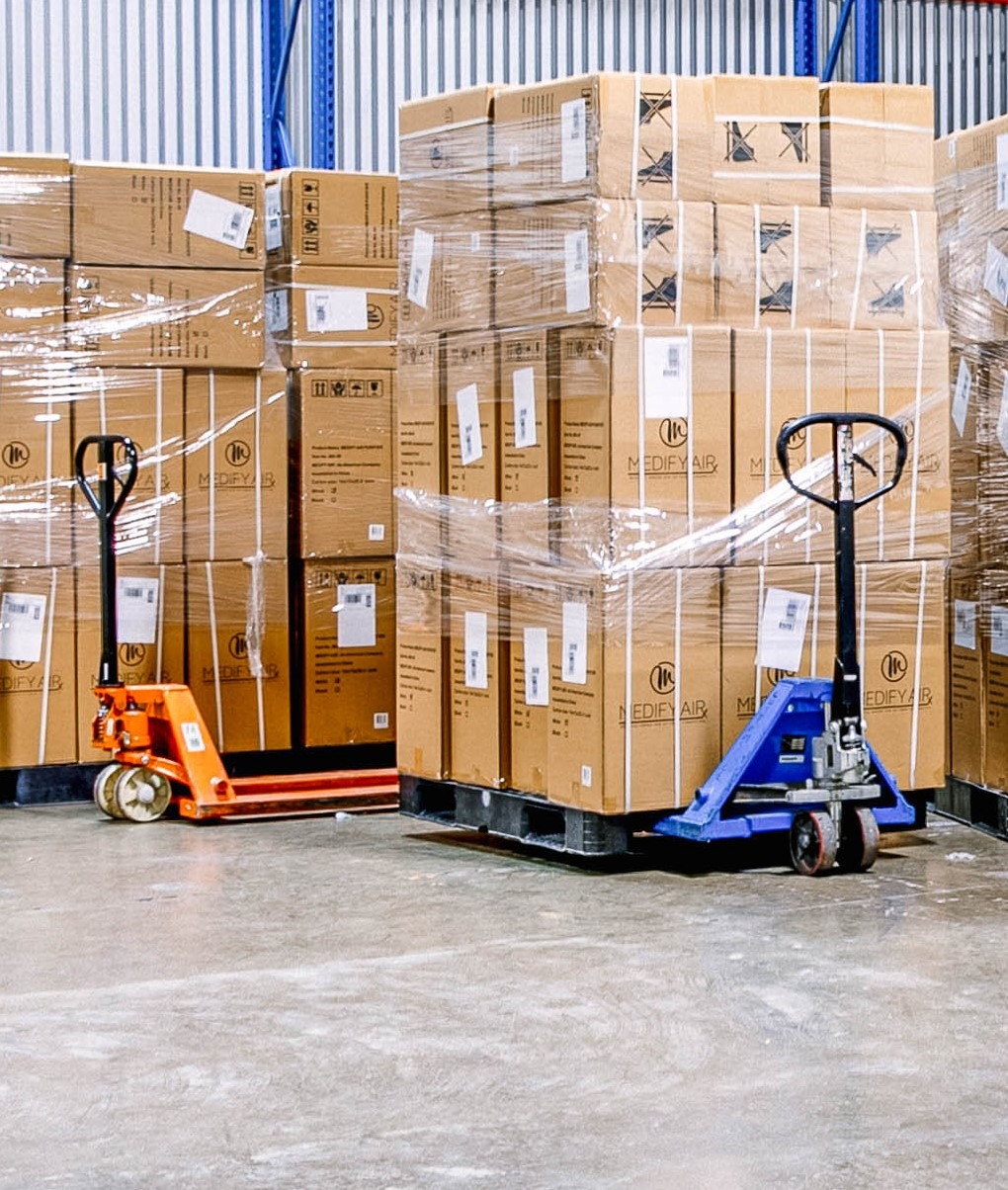Shared Warehousing: Improving Supply Chain Efficiency
Supply-Chain Benefits of Shared Warehouse Space
The e-commerce industry continues to grow, with no end in sight. Shared warehousing is becoming a popular solution for online retailers to compete with giants like Amazon or Walmart.
For example, a small independent e-commerce company can use multiple smaller shared warehouse spaces instead of a central dedicated warehouse to provide a consistent level of service across the country. The customers would receive an improved level of service in terms of delivery time + shipping cost and the business has the flexibility to test new markets, while saving money and time.
Cost-effective, low commitment, and flexibility for your business are the main draws of using shared warehousing for your business. ReadySpaces offers a unique hybrid between shared and dedicated warehouse space, by sharing the costs of warehousing with multiple tenants but offering a private, dedicated space.

